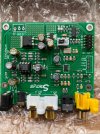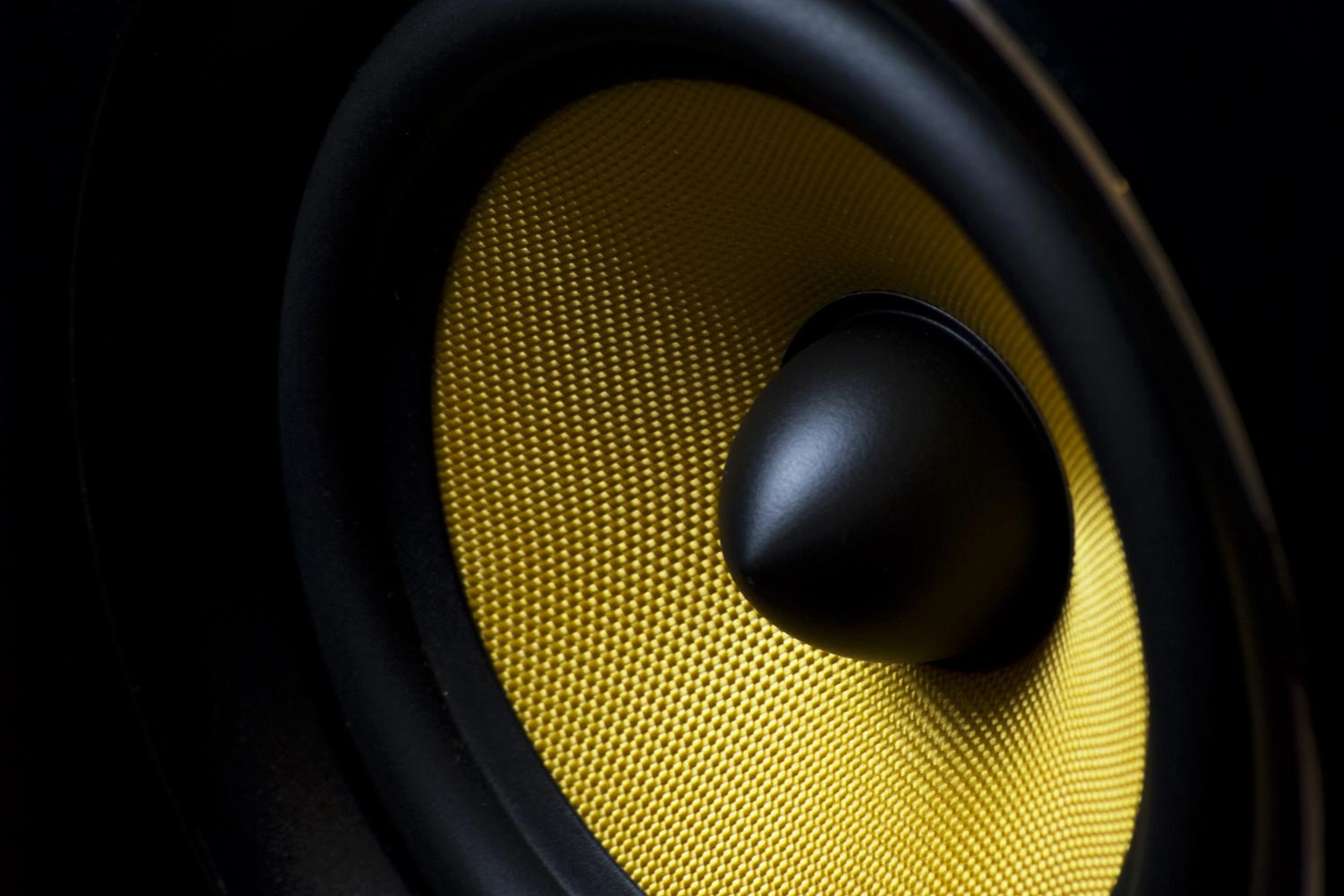AnalogSteph
Major Contributor
Congrats on figuring this out, you're a freakin' legend.It turned out that it best to leave the 470F as is and only reduce the series resistor from 100R to 10R. Then the key trick (also seen in older DAC chip's datasheets, like AD1853) was to add a 220pF "transient killer" capitor accross the inputs of the I/V which shorts out fast differential-mode transients which are at and (way) above above the bandwidth of the opamp here.
Sanity checking specs in a simulation showed that the increase in differential noise gain is not causing severe issues wrt stabilty, etc.

C4 (220pF 5% NP0) , R4 and R5 (10R) are the added components (ignore the double R2 designator, btw).
C4 gets rid of the ultrasonic glitches but also acts like a massive amount of stray capacitance on the inverting input, hence the opamp response peaking at ~10 MHz you are seeing without the 100 ohms reduced.
In order to fix this properly, it may be helpful to introduce some series resistors after C4, say 100 ohms or so. (Not on the existing KTB obviously.) Also, this is not a new kind of problem, photodiode circuits and the like have had this for ages... let me consult my Art of Electronics for a sec. Yep, there it is. For those who have the 3rd edition of Horowitz/Hill, see sections 8.11.9/88.11.10, pp. 547-552. Hmm, not sure whether bootstrapping is going to help us though. It may help us out in getting 20 kHz distortion back down and keeping frequency response up, not so much at 10 MHz.
@KSTR, how do you think one should best model the ESS output, voltage source with resistors?
Last edited:


